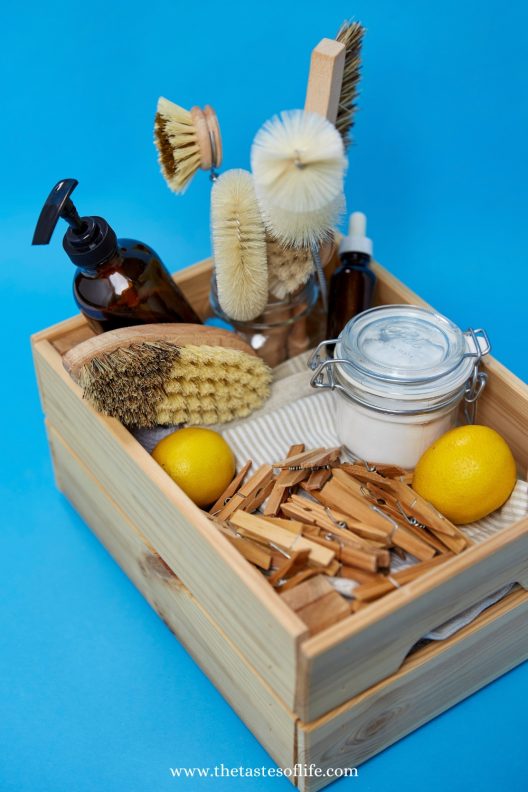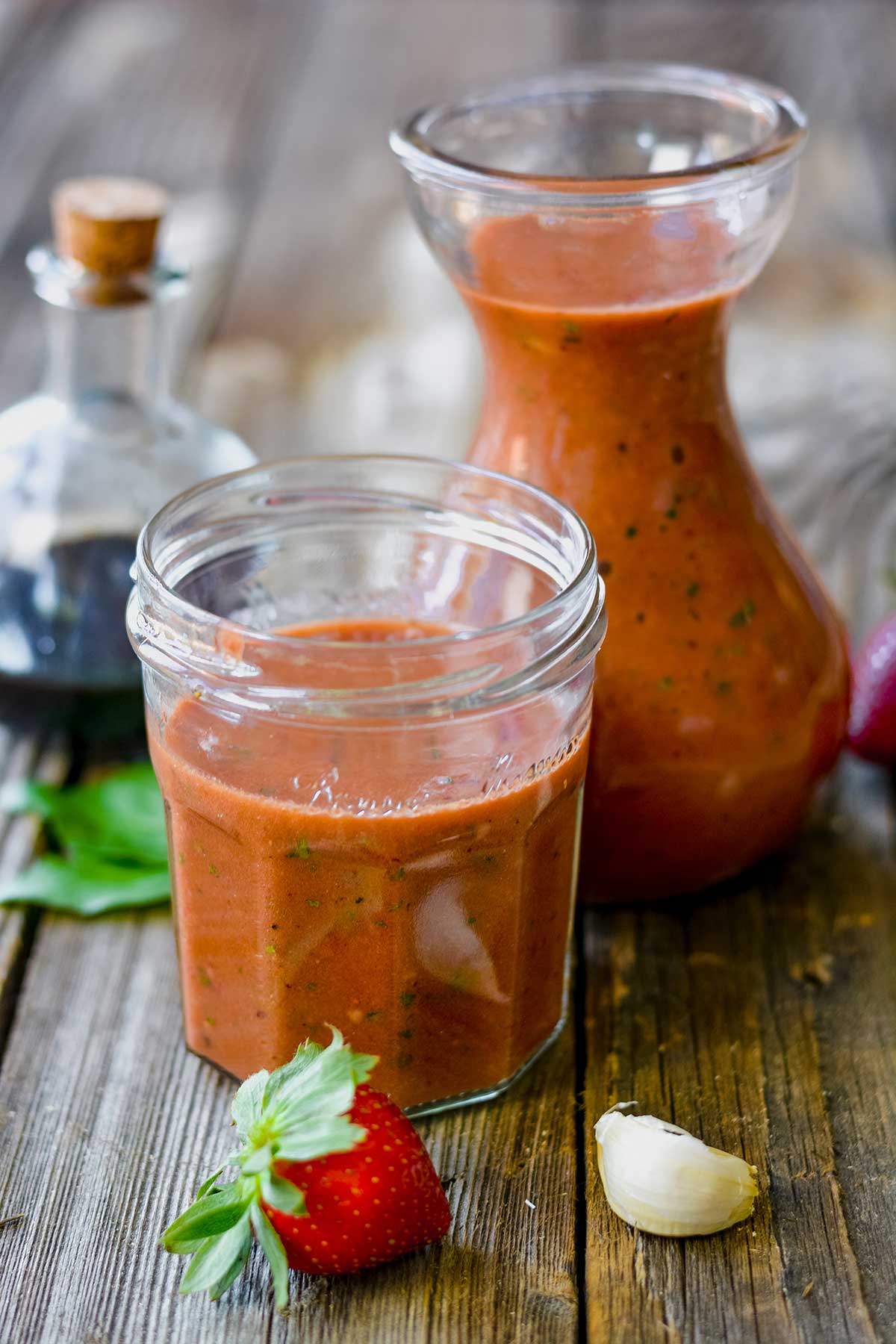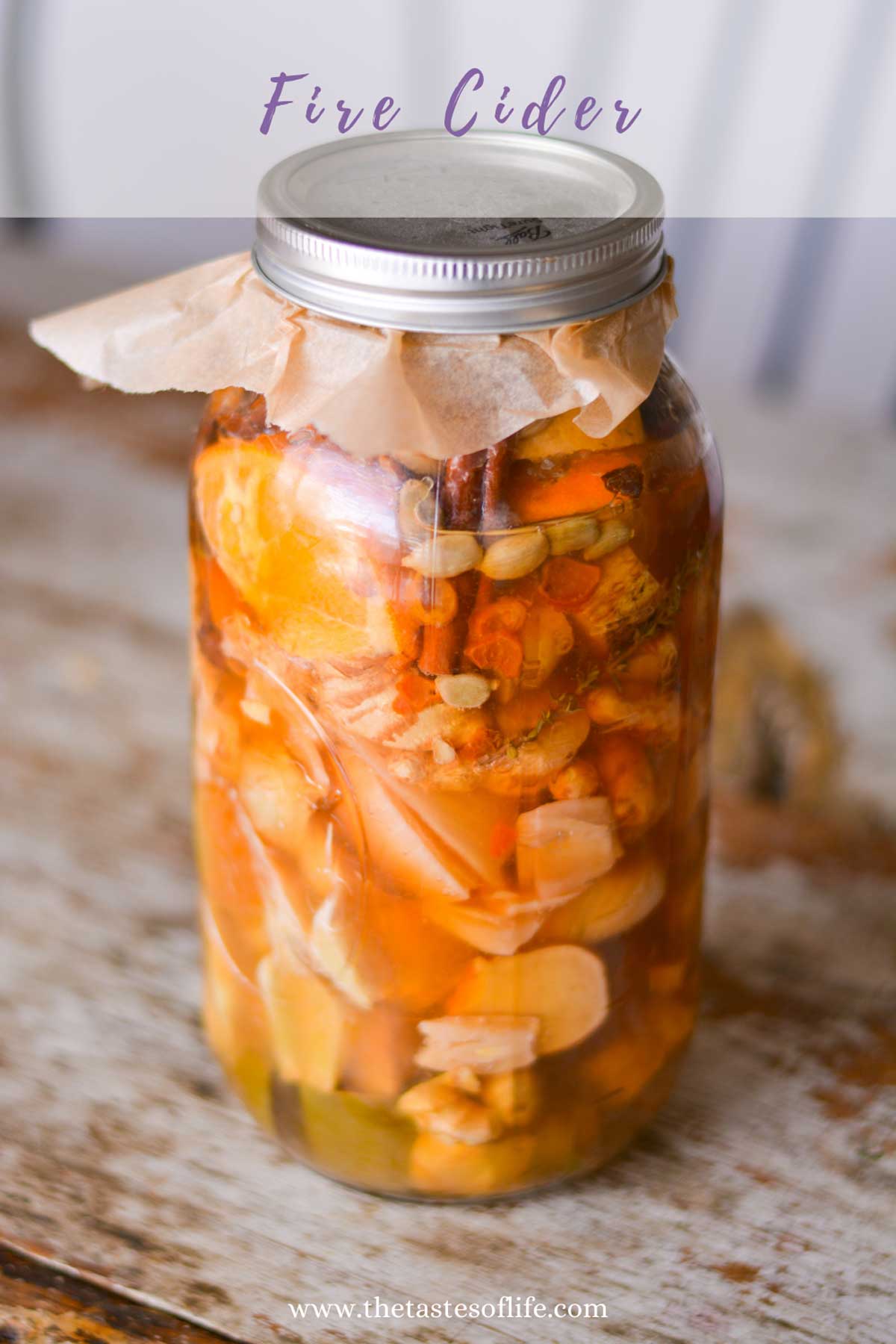10 Hidden Toxins Lurking in Your Home and How to Replace Them

Detoxify Your Home
Our homes should be a sanctuary where we feel safe and comfortable. However, many toxins lurking in our homes can negatively impact our health and well-being. In this blog, we’ll discuss ten common toxins found in many homes and offer suggestions on how to replace them with healthier alternatives.
Phthalates
Phthalates are chemicals found in many household items, including plastic food containers, vinyl flooring, and personal care products. They are known to disrupt hormones, which can lead to reproductive and developmental problems.
How to Replace:
- Use glass or stainless steel containers for food storage, and choose phthalate-free personal care products.
- When purchasing new flooring, opt for natural materials like hardwood, cork, or bamboo.
Formaldehyde
Formaldehyde is a common chemical used in many household products, including pressed wood products, glues, and cleaning products. It is a known carcinogen and can cause respiratory problems and irritation to the eyes, nose, and throat.
How to Replace:
- Choose products that are labeled as formaldehyde-free.
- Look for alternative materials like solid wood, bamboo, or metal when shopping for furniture.
- When cleaning your home, use natural cleaning products or make your own using ingredients like vinegar, baking soda, and essential oils.
Lead
Lead is a toxic metal that can be found in old paint, soil, and some water pipes. Exposure to lead can cause cognitive and behavioral problems, particularly in children.
How to Replace:
- If you live in an older home, have your paint and water pipes tested for lead. If you find lead, have it professionally removed? When repainting, use lead-free paint.
Flame Retardants
Flame retardants are chemicals found in many household items, including furniture, electronics, and mattresses. They are linked to a variety of health problems, including cancer, hormone disruption, and developmental issues.
How to Replace:
- Look for products that are labeled as flame-retardant-free.
- Choose natural materials like wool, linen, or cotton for bedding and upholstery.
- When purchasing electronics, look for products that meet energy efficiency standards instead of relying on flame retardants to reduce the risk of fire.

Chlorine
Chlorine is a chemical commonly used to disinfect water in many households. However, it can also cause respiratory problems and skin irritation.
How to Replace:
- Install a water filtration system that removes chlorine from your drinking water.
- When cleaning your home, use natural cleaning products or make your own using ingredients like vinegar, baking soda, and essential oils.
Volatile Organic Compounds (VOCs)
VOCs are chemicals found in many household items, including paints, adhesives, and cleaning products. They can cause respiratory problems and irritation to the eyes, nose, and throat.
How to Replace:
1. Choose products that are labeled as low-VOC or VOC-free. When painting your home, choose natural paint alternatives like milk paint or clay paint.
Liquid fabric softeners and dryer sheets.
Those may contain ethanol, benzyl acetate, and chloroform, which have been linked to Alzheimer’s, central nervous disorders, and Multiple Sclerosis.
How to replace:
- Use natural fabric softeners that you can find at the health food store.
- Use natural dryer sheets, or just skip it altogether.
- Use Wool dryer balls scented with a few drops of essential oils, which also help reduce static electricity.
Candles, commercial air fresheners, and other aerosols.
These products can contain harmful chemicals, including lead in candle wicks, linked to behavioral disorders, benzene and toluene in paraffin wax, known human carcinogens. Commercial air fresheners may contain volatile organic compounds (VOCs) and phthalates, which can interfere with reproduction and cellular regeneration and impede male hormone production. Be careful because even so-called “natural” candles contain synthetic fragrances.
How to replace :
- Use an essential oil diffuser filled with water and a few drops of all-natural essential oils.
Furniture polish and household cleansers.
These products are not closely regulated and may contain harmful chemicals, including formaldehyde, nitrobenzene, and methylene chloride, which are suspected human carcinogens and reproductive hormone disruptors. They may also contain asthma inducers and volatile organic compounds (VOCs), such as terpenes, which react with indoor ozone to form formaldehyde, a known human carcinogen.
How to replace it:
- Use all-natural products which can be added to a glass spray bottle filled with water and used on everything.
- You can look for products identified as EPA Safer Choices or certified with Green Seal or Ecologo.
It’s important to note that some chemicals, such as triclosan, ethanolamines, chlorine bleach (sodium hypochlorite), and quarternary ammonium compounds, should be avoided. They have been linked to congenital disabilities in animals, according to EWG. Even products that you think are advertised as “green” or “natural” may not be. That is why reading the labels and checking the ingredients is very important. “Greenwashing” is a term used for making untrue claims, so it’s crucial to do our own research and read labels to ensure we’re using safe products in our homes.

PVC/Vinyl
PVC, or vinyl, can be found in everyday items such as shower curtains, garden hoses, toys, and credit cards. However, this material is banned in the European Union and Japan due to its health hazards. PVC expels phthalates, which are believed to be linked to cancer and infertility.
The International Agency for Research on Cancer is a valuable resource for information on hazardous materials.
How to replace:
1. Opt for non-toxic PVC alternatives. For instance, instead of PVC shower curtains, you can choose ones made from hemp, linen, birch, or organic cotton.
Good to Know: In 1998, pacifier and rattle manufacturers agreed to remove two phthalates from their products following a request from the Consumer Product Safety Commission (CPSC). It is also important to note that lifestyle choices such as obesity, smoking, inactivity, and poor diet can also contribute to cancer risk. Therefore, making healthy lifestyle choices is crucial in reducing your cancer risk.
Therefore, prioritizing your health is essential.
https://www.epa.gov/saferchoice
https://www.ewg.org/healthyhomeguide/#.WrwZBC7wZ0w
https://ntp.niehs.nih.gov/whatwestudy/assessments/cancer/roc/index.htm
Yum





